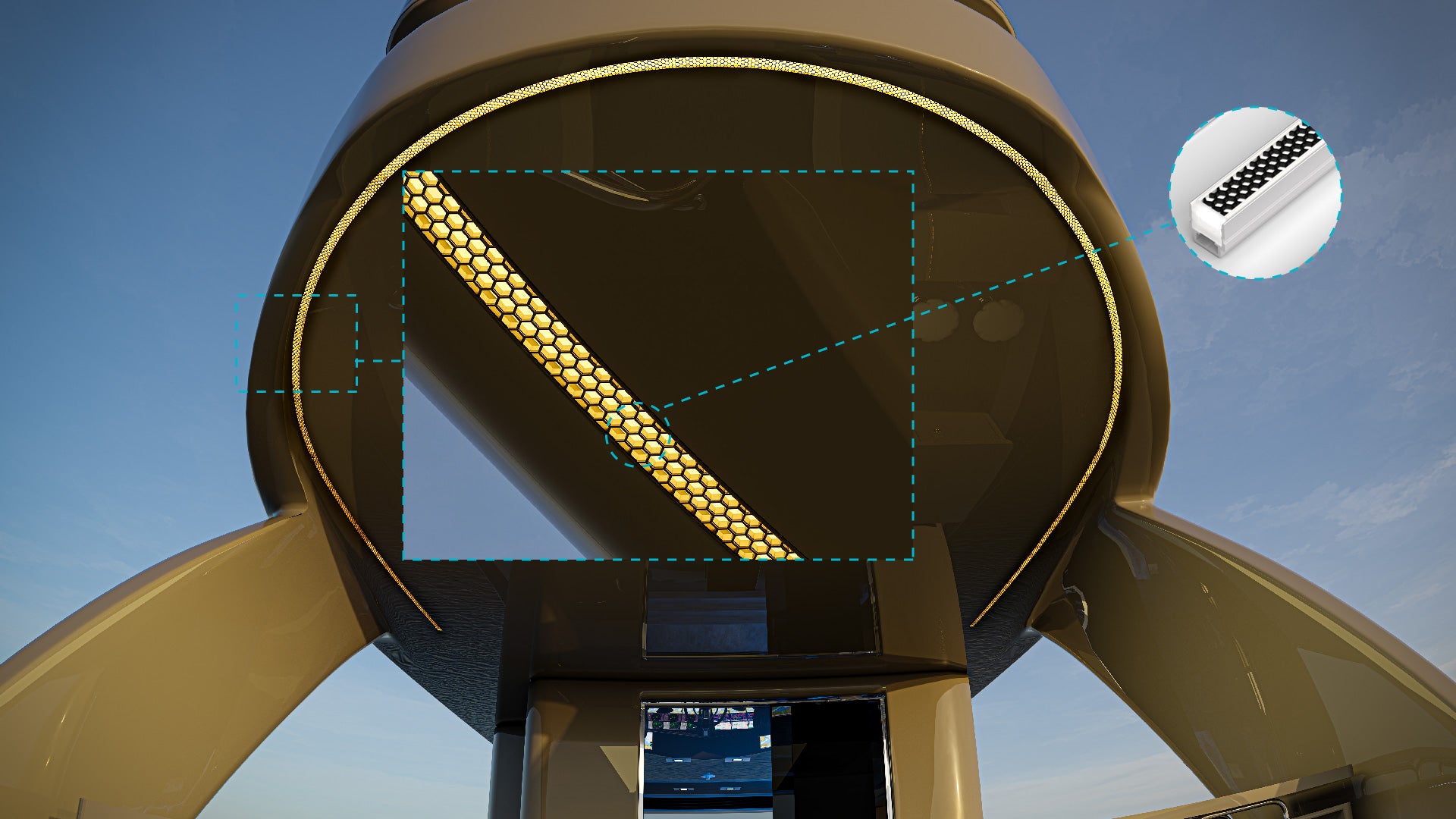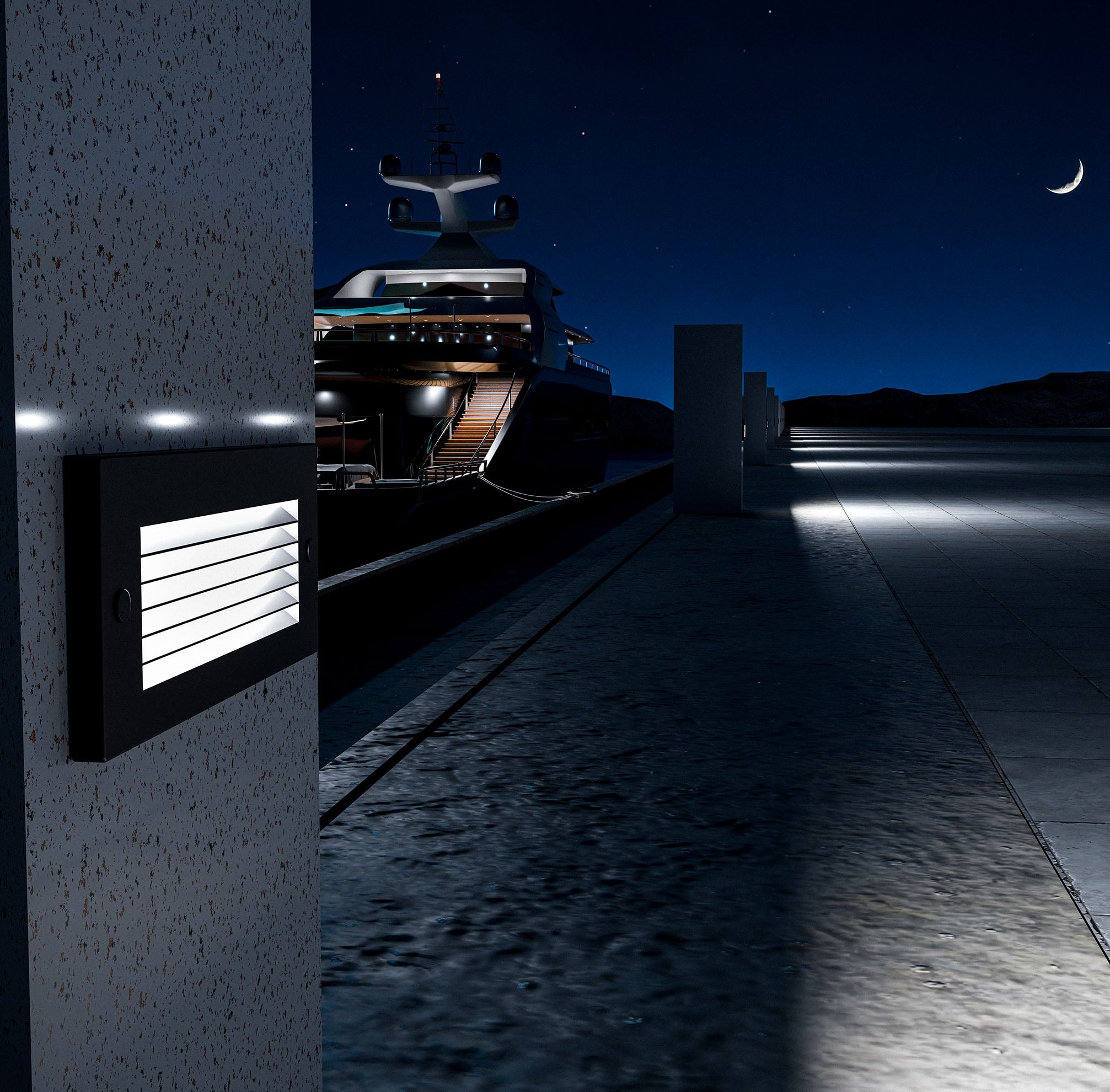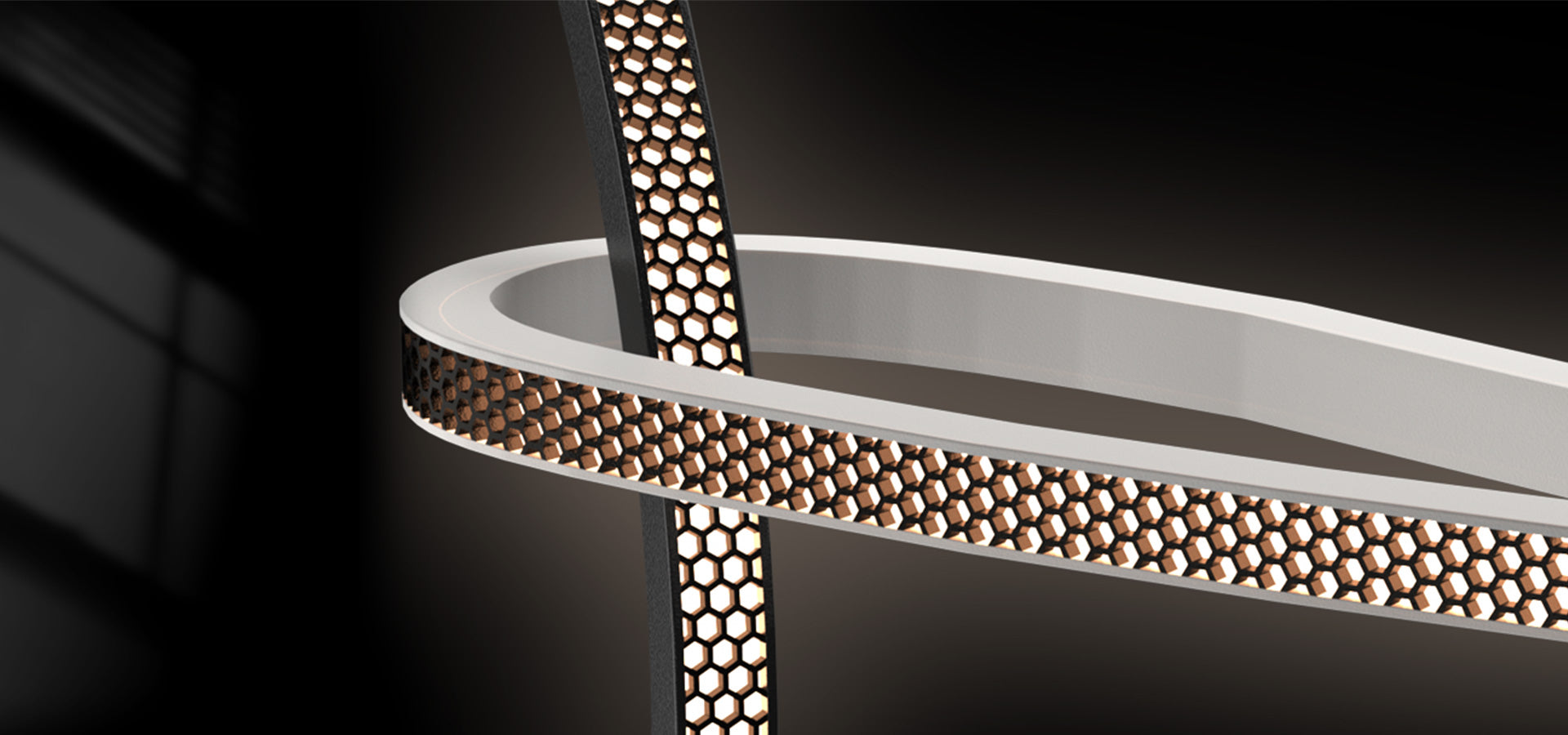What is the Bow of a Boat?
Bow refers to the forward part of a boat or ship, designed to cut through the water and lead the vessel in its direction of travel. Structurally, the bow is shaped to reduce water resistance, allowing for smoother movement and better fuel efficiency. A well-designed bow not only enhances a boat’s speed and stability but also provides a drier ride by deflecting water away from the hull. In different types of vessels, the bow can vary in shape—from sharp, pointed designs for speedboats to more rounded forms for larger ships that prioritize stability and cargo space.
What does the Bow do?
The bow serves several important functions beyond just leading the vessel forward. It houses key navigational equipment and lights, such as the red and green navigation lights, which are essential for safe operation, especially in low visibility conditions or crowded waters. On many boats, the bow area may also include an anchor system, cleats for securing ropes, and additional hardware designed to facilitate docking and mooring. For recreational vessels, the bow often doubles as a seating or lounging area, providing passengers with a scenic view and a space to enjoy the open air.
Context about the Bow
In marine terminology, the bow is often contrasted with the stern, which is the rear of the vessel. The relationship between the bow and stern, along with other directional terms like port (left) and starboard (right), is essential knowledge for boat operators to ensure clear communication and safety. A well-maintained and properly equipped bow is vital to the overall function and safety of the vessel. It’s especially important in challenging marine conditions, as a strong bow can better withstand waves, protect the hull, and provide stability, contributing to a safer and more enjoyable boating experience.








